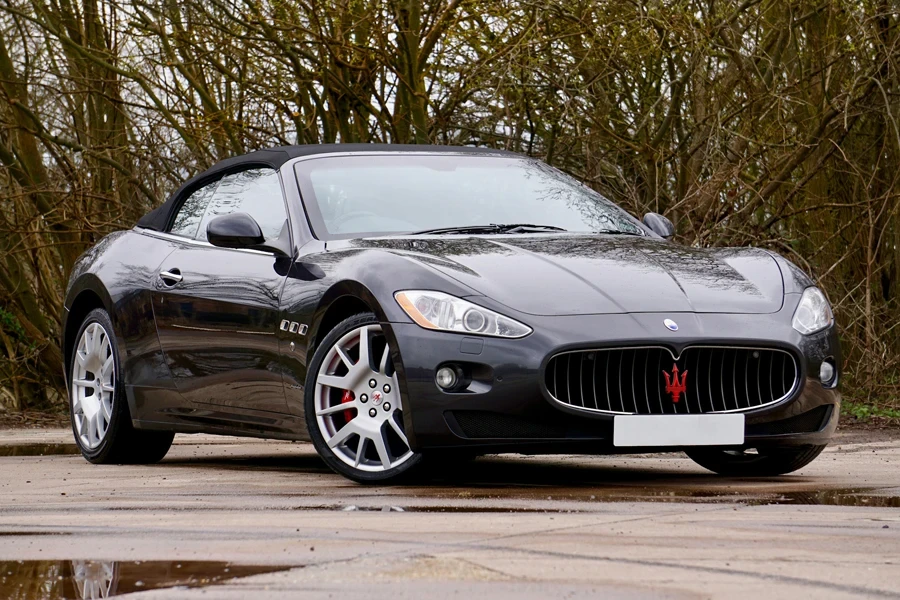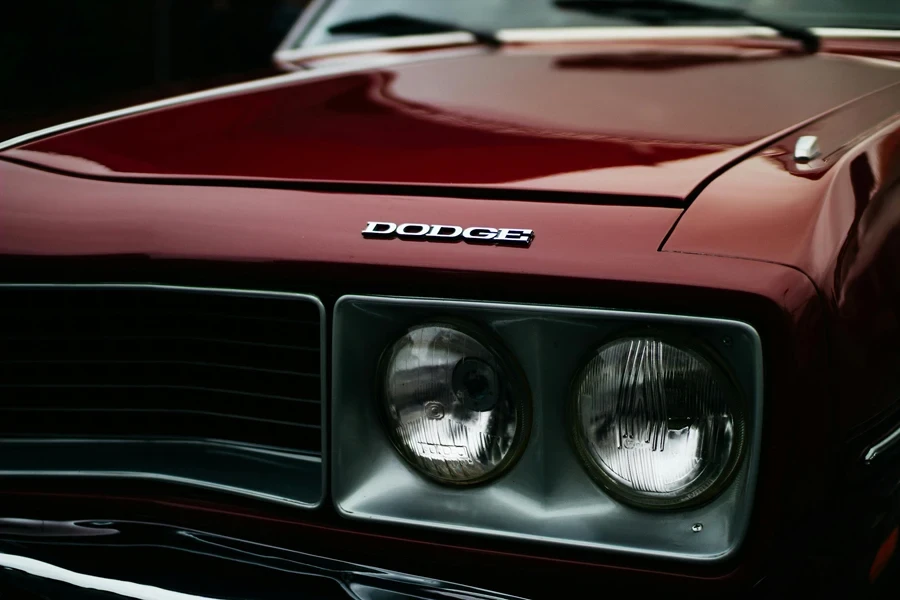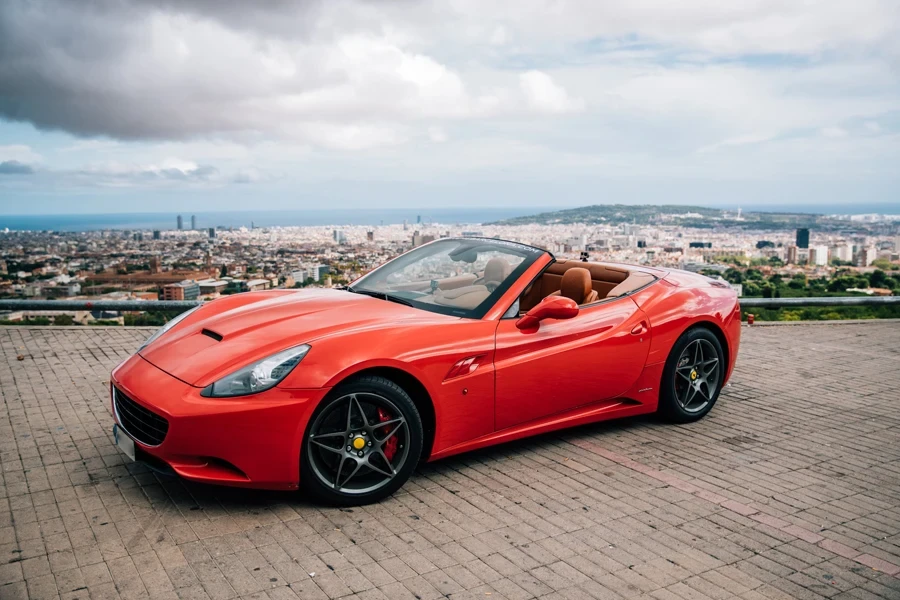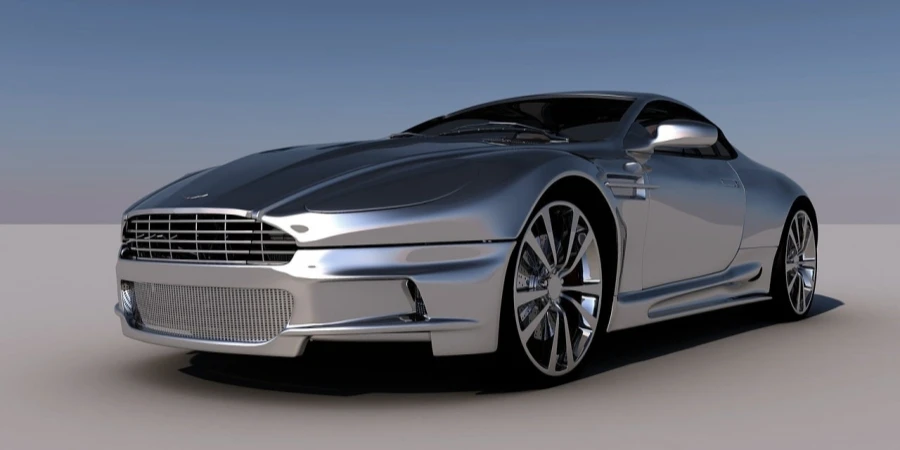Table of Contents
● Introduction
● Market overview
● Key technology and design innovations
● Top-selling models driving market trends
● Conclusion
Introduction
Car bumpers are important for both safety and aesthetic appeal in the always-changing car industry. These parts are made to soak up impacts and reduce damage in case of accidents. Car bumpers are getting more advanced thanks to all the cool new tech. The bumper market for cars is growing a lot as more and more people want safety features and nice designs made from lightweight materials. Top car companies are incorporating materials like composites, eco-friendly plastics, and innovative techs like sensors and cameras to ensure safety standards are met and significantly boost vehicle performance levels. Popular models such as the Ford F Series and Tesla Model Y push boundaries with their functionalities and friendly structures. This article explores the condition of the automobile bumper industry by showcasing notable technological advancements and popular models influencing market trends and the future of automotive safety and aesthetics.
Market overview

Market scale and growth
In 2023, the global market for car bumpers is predicted to be around USD 19.8 billion. It is expected to increase at a CAGR of 4 % from 2024 to 2031, reaching USD 27.18 billion by 2031. According to Verified Market Reports, the market size is estimated to be USD 16,861.99 million in 2024. The growth of this market is being fueled by the growing demand from consumers for safety features, technological progress, and the increasing production of automobiles. Incorporating materials and intelligent technologies into car bumpers improves vehicles’ safety and performance while broadening the market scope. This evolution in the sector is driving a need for fresh bumper concepts that adhere to strict safety standards and cater to consumer preferences.
Market shares and changes
Major companies such as Plastic Omniumn, Hyundai Mobis, and Magna International dominate the automotive bumper industry, as per the Market Research Future report future. Investments in research and development have enabled them to lead the market by creating high-quality bumpers that meet safety standards worldwide. These companies are focusing on utilizing materials, like composites and bio-based plastics, to improve durability and reduce the weight of vehicles. This emphasis on creativity and adherence to regulations assists these businesses in staying in the ever-changing market landscape and securing their top positions.
Market drivers
As stated by the Business Research Insights report, the car bumper market is influenced by factors such as the increasing production of vehicles and the growing awareness among consumers regarding vehicle safety measures. The global demand for top-notch bumpers is closely related to the rise in car sales, with customers showing a preference for vehicles equipped with advanced safety functionalities. Including features like sensors and cameras in bumpers plays a crucial role in boosting vehicle safety standards and fostering advancements in self-driving technologies. Strict regulations demanding safety features drive manufacturers to innovate constantly to guarantee their products adhere to the most stringent safety protocols. These elements combined contribute to the expansion of the market. Stimulate ongoing enhancements in bumper design and functionality.
Key technology and design innovations

Technological progress in the bumper industry involves transitioning from traditional steel to lightweight plastics and composite materials. Incorporating smart features like sensors and cameras improves vehicle performance and safety measures by supporting advanced driver assistance systems (ADAS). Additionally, there is a growing emphasis on sustainability through using eco-recycled materials to align with environmental conservation efforts worldwide. Consumers’ choices influence the popularity of aerodynamic designs and customizable features in vehicles today as they seek a blend of style and practicality with elements like LED lighting.
Material advancements
The market for car bumpers has evolved from using steel to incorporating lighter materials like advanced plastics and hybrids. These materials enhance vehicle efficiency through weight reduction and improved crash safety features. Business Research Insights reports that adopting these materials reduces fuel consumption and emissions in line with sustainability objectives. An instance of this shift is Plastic Omnium’s introduction of an automotive plastic bumper equipped with integrated radar technology, innovative front grille designs, and advanced impact absorption and detection systems. This new technology improves vehicles’ safety while lowering carbon dioxide emissions, providing customization choices to meet regulatory standards and the growing desire for environmentally friendly solutions among consumers.
Integration of smart technologies
Modern bumpers have various technologies, such as sensors, cameras, and radar systems, to aid advanced driver assistance systems (ADAS) and autonomous driving technologies. These functions improve vehicle safety by offering real-time information and helping to prevent collisions. As per reports from Verified Market Reports, integrating these technologies into bumpers is becoming more common due to the growing need for vehicle safety features. Incorporating these technologies also aids in advancing semi-autonomous and fully autonomous vehicles by elevating bumpers to play a crucial role in the overall safety framework of the car. Cutting-edge driver assistance systems like parking sensors and automated emergency braking are now frequently embedded in bumpers and cruise control systems. This transformation underscores bumpers’ evolution from protective elements to intricate safety mechanisms.

Sustainability focus
Adopting materials like bio-based and recycled components in automobile bumpers is becoming increasingly popular among manufacturers and consumers worldwide for various reasons, such as meeting sustainability targets and compliance standards while lowering the ecological footprint of car production processes, as highlighted by Market Research Future reports. Car makers increasingly consider using materials like bio-based plastics and recycled composites to produce long-lasting bumpers that help cars meet strict emission regulations and sustainability goals.
Aesthetic and functional design
Consumers’ love for aerodynamic styles and customizability in bumpers with LED lights fuelled the desire for practical car exteriors. These features boost both the looks and performance of the vehicles. According to Business Research Insights, integrating design elements that reflect brand identity and provide functional benefits, such as better fuel efficiency and safety, is becoming increasingly important in the car bumper market. This trend will continue as manufacturers strive to meet evolving consumer expectations. Customizable bumpers with features like integrated LED lighting and unique shapes are becoming popular, allowing consumers to personalize their vehicles while maintaining functionality. Aerodynamic designs help reduce drag, improving fuel efficiency and performance, making them a valuable addition to modern cars.
Top-selling models driving market trends
SUVs are quite popular in the market for car bumpers now, with top-selling models like the Ford F Series and Toyota RAV leading the way in sales figures that show consumer preference strongly leaning towards SUVs that come with advanced features evident from their sales numbers in the first half of 2023. Ford F Series sold 352,406 units, and the Toyota RAV clocked 248295 units; innovative models such as the Tesla Model Y sold over 116,000 units, and the Honda CR V experienced a significant sales boost of 28%. Models such as the Chevrolet Silverado and Hyundai Tucson underscore the market need for vehicles with advanced features.

SUV dominance
The Ford F Series and Toyota RAV4 dominate the market due to their popularity among consumers seeking SUVs with notch safety and technology features cited by Motor1.com. The Ford F Series is set to maintain its position as the selling pickup truck in the U.S. for the 48th year in a row by selling 352,406 units in the first half of 2024. Its sturdy construction, innovative attributes, and reputable brand image are key to its enduring market success. In The half of 2024 alone, the Toyota RAV4 snagged in the top spot as the best-selling SUV in the U.S. with 248,295 units sold in 2024, winning over consumers with its trustworthiness, fuel economy, and cutting-edge safety elements. Due to these vehicle requirements, the increasing fondness for SUVs fuels the need for technologically advanced bumpers.
Innovative models
The Tesla Model Y and Honda CR V demonstrate how they combine safety features and smart design to establish new benchmarks in the industry landscape. The Tesla Model Y continues to hold a strong position in the market despite a minor decline in sales figures; it managed to sell more than 116,000 units during the initial six months of 2024, according to a report by Motor1.com. This model’s popularity is largely due to its state-of-the-art electric vehicle technology, wide range of capabilities, and sophisticated driver assistance systems. The Honda CR’s established appearance and diverse selection of driver-assist features have contributed to a 28% rise in sales over the previous year. Reaching a total of 196,204 units sold in the first half of 2024, The CR Vs combination of performance capabilities, safety elements, and roomy interior has positioned it as a preferred option for buyers seeking a dependable and flexible SUV. These examples underline the impact that advances in design and technology have on boosting sales figures and establishing fresh standards in the industry.
High-volume sales
Cars such as the Chevrolet Silverado and Hyundai Tucson continue to be choices among buyers due to their reliability and range of features available in the market today. During the six months of 2024 alone, the Chevrolet Silverado sold 277,842 units, solidifying its standing as one of the leading pickups. Renowned for its durability, towing power, and flexible configurations, the Silverado attracts a range of consumers, from needing work vehicles to appreciating luxury pickups. Although the Hyundai Tucson experienced a decrease in sales compared to the previous year’s figures, it remains a popular choice, with 92,146 units sold. Buyers are drawn to Tucson’s mix of affordability, safety enhancements, and sleek aesthetics. These examples underscore how crucial it is to cater to consumer demands for reliability and cutting-edge features, contributing to strong sales in the fiercely competitive automotive industry.
Conclusion

The market for car bumpers is experiencing expansion due to ongoing technological advancements and changes in consumer tastes. Manufacturers are integrating innovative materials and smart technologies to improve car bumpers’ safety, capability, and visual attractiveness. The emphasis on weight and strong, eco-friendly materials demonstrates the industry’s dedication to environmental sustainability. Furthermore, the growing utilization of sensors and assistance systems in bumpers is reshaping them into elements of contemporary vehicle safety setups. In a changing market landscape, businesses must keep up with trends and regulations to stay ahead. Prioritizing innovation and adherence to rules is key for meeting the needs of a shifting market and securing lasting prosperity. As technology progresses, car bumpers are expected to shape the future of automotive aesthetics and safety features significantly.




